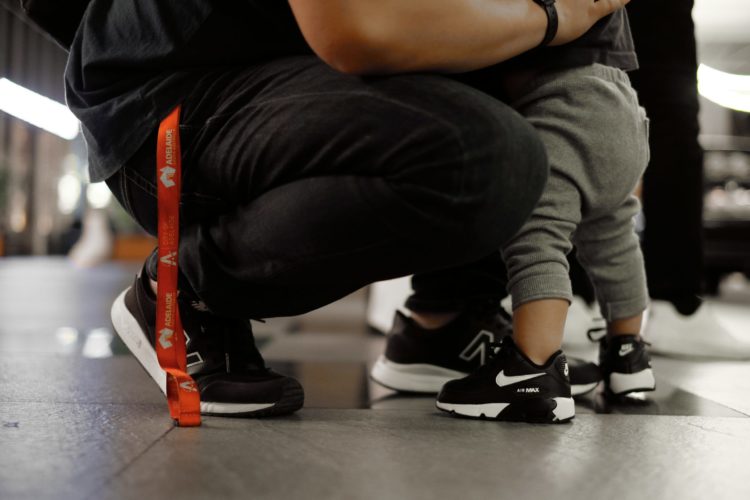Aline from a 1993 story about gun violence in America has stayed with me all these years. It was by DeNeen Brown of The Washington Post, called "Getting Ready to Die Young," and featured young Black people across Washington, D.C., who were so resigned to a violent death that they had already planned their own funerals. One woman had dreams of her 15-year-old son becoming a lawyer someday, but did not shield him from reality. The line from the mother that stuck with me: "Bullets don't have any names."
I've read that line again in other stories about the scourge of gun violence; it almost seems a catchphrase among Black mothers trying to forestall the worst fate waiting for their children. And it became the name and theme of a song by rapper Nipsey Hussle, who escaped the gangs of Los Angeles only to fall victim to a bullet last year.
All that came back to me when I read another Washington Post story, published last week, about the 2020 spike in gun violence in D.C., where killings are at a 15-year-high. The story, by Peter Hermann and Clarence Williams, starts with Carmelo Duncan, just 15 months old, who was shot to death while strapped in a car seat as at least two people opened fire on the vehicle. Police believe the car was targeted. No matter that Carmelo was innocent; the bullets were indifferent.
I was alerted to the story by a friend who was as haunted by the lede of this story as I was by that quote from 1993. The first sentence that caught her attention, and her breath:
He was old enough to dance a good beat but too young to know his favorite color.
"He," of course, is little Carmelo, but we don't know his name or the harsh reality of the news until the second paragraph. What first is planted in our minds is the image of a happy child who is of indeterminate age, but somewhere in that magic space between walking and talking.
My friend isn't a journalist. She's an avid news consumer, but puts healthy limits on her intake of nastiness; she chooses the news of most interest to her. She devours stories in all forms but is not schooled in the writing craft. In other words, she is a real reader, and an intelligent one — the kind we should think about when we do this work. Knowing Carmelo's story would have been hard for her, I called to ask why she was drawn to it.
"It created a picture," she said. "I felt it in my gut. I felt it in my heart. I could feel it. It made me want to know more about this little guy and what happened to him."
She admitted she might not have read the full story, given the subject matter, if it hadn't been for that opening. But odd as it sounds, she said, "It was a beautiful way to make me want to read about those things."
There are few greater compliments to the effectiveness of a line of work than that it catches a reader's attention, makes them see, makes them feel, and makes them keep reading. Some noteworthy craft that helps make that happen:
- While it holds the echoes of past stories, it is not derivative.
- The use of "he" versus a name to start makes Carmelo, for a moment, every child. Pronouns can confuse or be gimmicky, but used with discipline, they help make the story of one the story of many.
- It paints a picture but lets the reader fill in the details. When I read it, I see a padded bottom bopping on top of chubby legs that have only recently learned to stand, and wide eyes that stare back at silly adult questions like "What color is this?"
- In two brief phrases, it captures and holds a life suspended. It uses a common marker of the short span of life that Carmelo has had, and an equally common one to show the future he never will.



